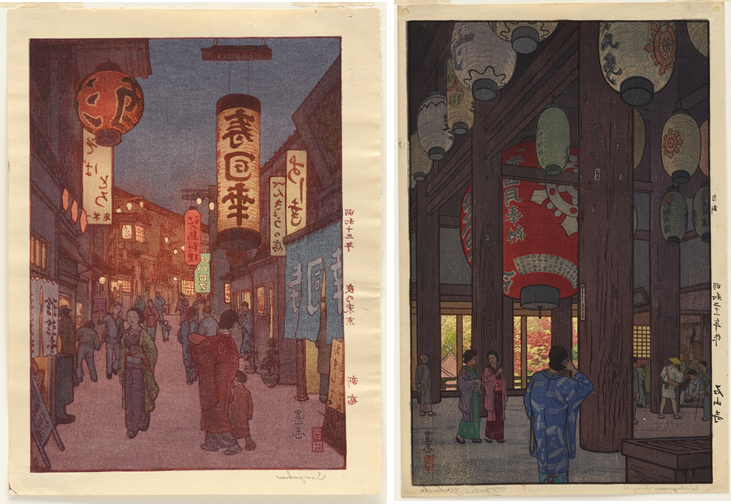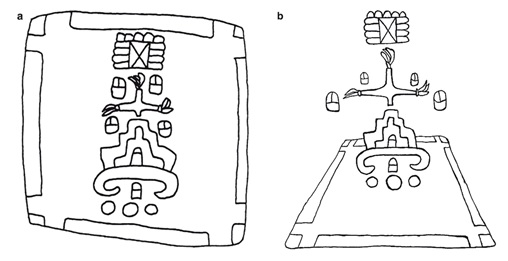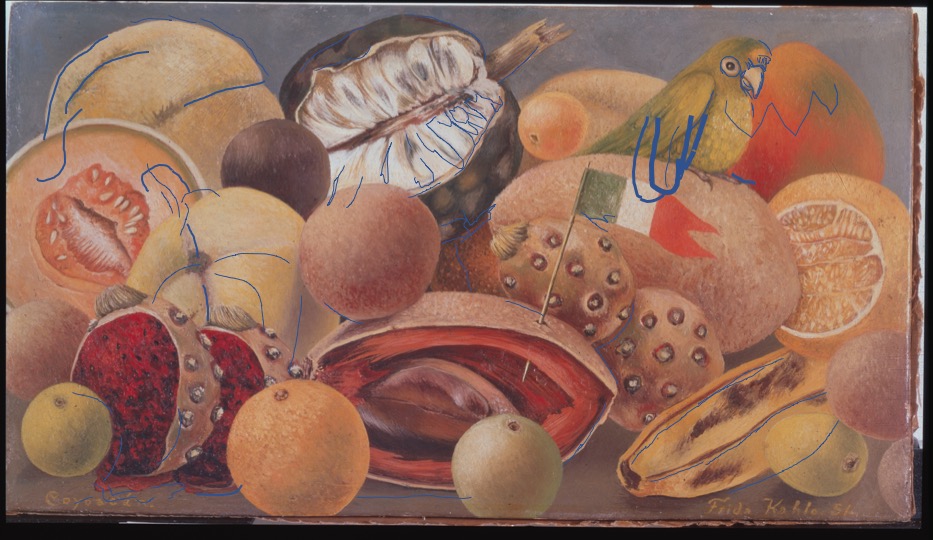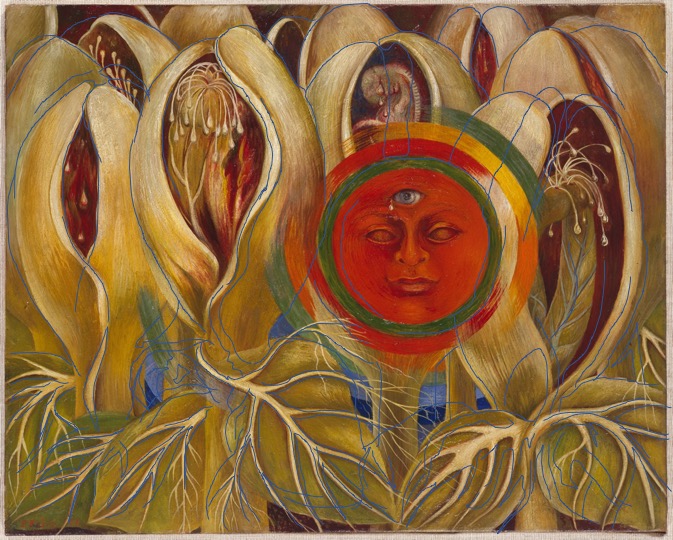
Julian Charrière’s work Towards No Earthly Pole draws its title from Alfred, Lord Tennyson’s epitaph in Westminster Abbey, London, for Sir John Franklin, the British explorer lost in an ill-fated expedition to find the Northwest Passage. The epitaph reads in full:
NOT HERE: THE WHITE NORTH HAS THY BONES; AND THOU, HEROIC SAILOR-SOUL, ART PASSING ON THINE HAPPIER VOYAGE NOW TOWARD NO EARTHLY POLE.
Franklin’s doomed expedition was the source of public fascination in the late 19th century and continues to shape our perception of Arctic exploration to this day. Franklin embarked in 1845 with two ships, HMS Erebus and HMS Terror, on his third attempt to discover the Northwest Passage, a sea route between the Atlantic and Pacific Oceans through the Canadian Arctic. The ships became icebound in 1847 in the Victoria Strait and were abandoned in April 1848 after nearly two dozen officers and men, including Franklin, perished in the cold. The rest made for the Canadian mainland but were never heard from again. Of the 129 men who began the expedition, none survived.
The British Admiralty launched several search parties over the subsequent decades, recovering artifacts and remains from the doomed expedition. Their findings suggested that the crew succumbed to hypothermia, starvation, lead poisoning, exposure, and disease. In some of the most sensational findings, examinations of remains offered potential evidence of cannibalism. The search for Franklin over the course of nearly 30 rescue missions better mapped the Canadian coastline and led to the eventual discovery of a Northwest Passage, but it also left a lasting legacy in the cultural imagination of Victorian Britain. The endeavor and its failure offered a narrative of man’s struggle against nature, the tragic romance and heroism of exploration, and the overwhelming power of a landscape alien to the British public.

This preoccupation with the Arctic and the looming specter of Franklin is evident in the American painter Frederic Edwin Church’s 1861 work The Icebergs. A jewel of the DMA’s collection, the painting is emblematic of the sweeping views and dramatic uses of light that characterized the Hudson River School, with which Church was associated. Church worked from studies produced during his own month-long expedition to Newfoundland and Labrador in 1859, where he observed the material qualities of the icebergs and their Arctic surroundings.
Initially exhibited in New York and Boston in 1861 with the title The North, the painting failed to attract buyers due to the ongoing Civil War, despite immense praise from American audiences. In 1863 Church sent the painting to London, where he hoped to attract interest from his British supporters. Before transporting the work across the Atlantic, he made two notable alterations: renaming the work with its present title, The Icebergs, to avoid conflation with the Union; and adding a broken mast to the foreground. Though the artist’s motivations for including the mast remain unknown, it may have served as a reference to the Franklin expedition, synonymous with the devastated promise of Arctic exploration.
The same interest in the beguiling and terrible power of the icebergs that captivated Church is evident in Towards No Earthly Pole. The sublime glacial landscape appears fantastic and otherworldly, something beyond the comprehension of humanity. Though Indigenous communities have long staked out ways of living symbiotically with the Arctic environment, Franklin’s expedition and Church’s painting point to the hubris of imperial attempts to conquer and claim the polar landscape. Charrière’s film suggests that despite our advances in scientific knowledge and ability to map the world, we still have a fascination with and ignorance of a land that retains its power to resist us.
Hilde Nelson is the Curatorial Assistant for Contemporary Art at the DMA.


















































